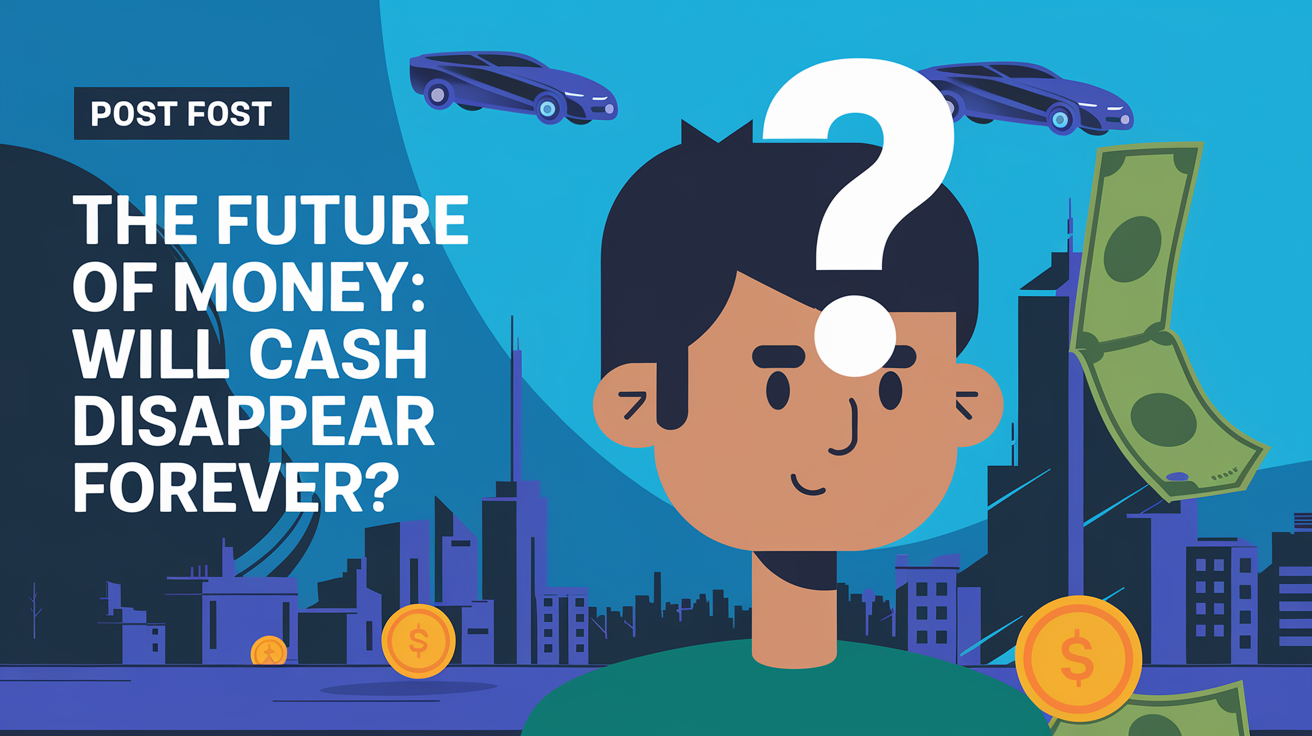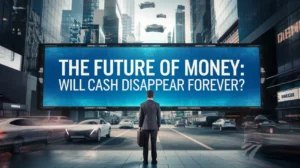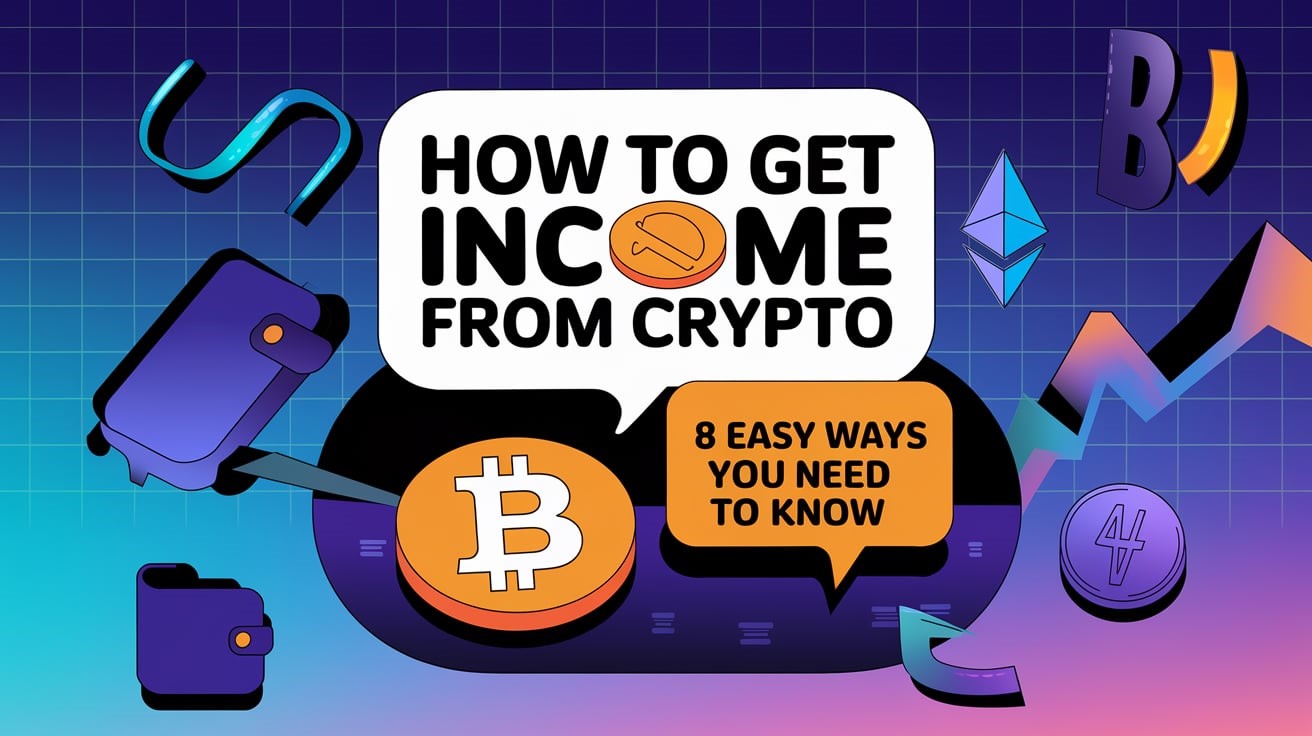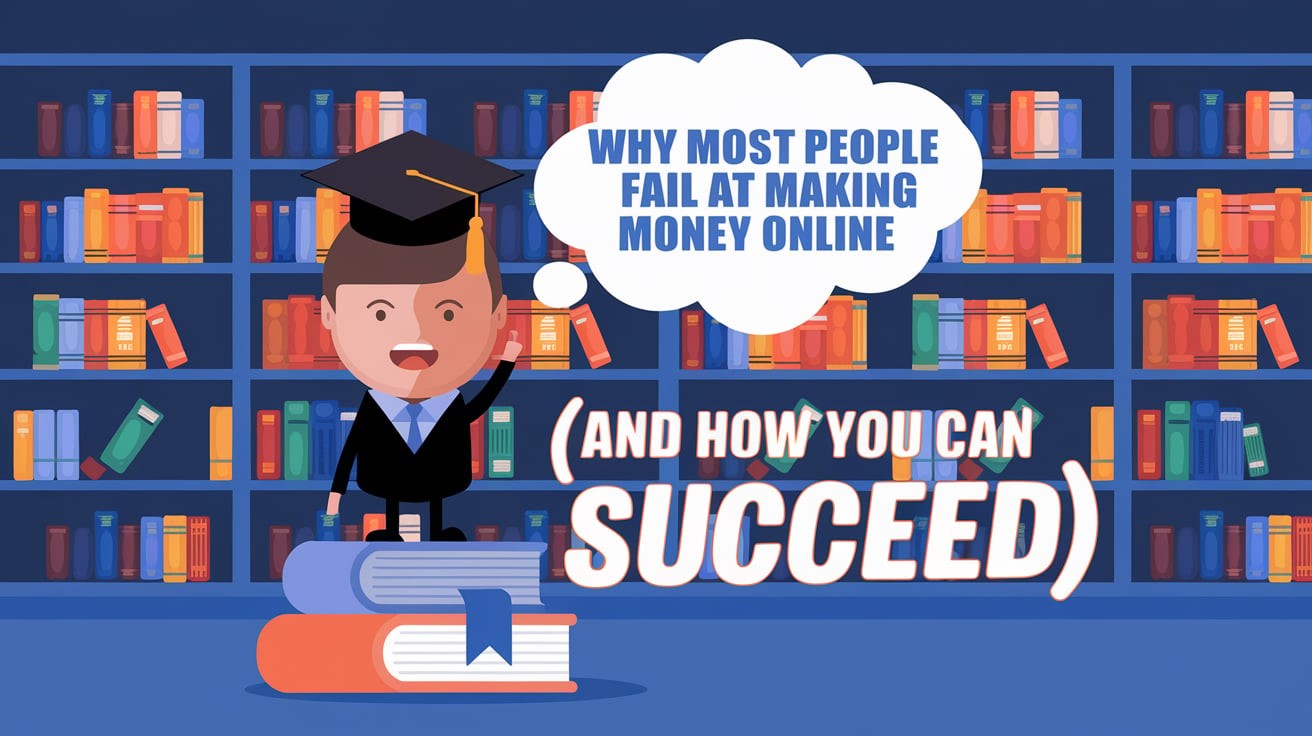The Future of Money: Will Cash Disappear Forever?
Imagine a world where your wallet is obsolete, coins no longer jingle in your pocket, and paper bills are a relic of the past. Sounds like science fiction, right? Well, it might just be the Future of Money we’re heading toward. With digital payments soaring, cryptocurrencies gaining traction, and even central banks jumping into the game with digital currencies, the question isn’t if cash will fade—it’s when. Let’s dive into this fascinating shift, explore what’s driving it, and figure out whether cash is really on its way out for good.
What’s Shaping the Future of Money?
Money has always evolved. From bartering shells to minting coins, printing bills, and now tapping phones to pay, it’s a story of convenience and innovation. Today, the Future of Money is being shaped by tech breakthroughs, changing habits, and a sprinkle of global ambition. Here’s what’s fueling this cashless revolution.
The Rise of Digital Payments
Raise your hand if you’ve used Venmo, PayPal, or Apple Pay this week. (Okay, you don’t have to—I can’t see you anyway.) Point is, digital payments are everywhere. In 2023 alone, global digital transactions hit a staggering $8.5 trillion, according to Statista. Why carry cash when you can split a dinner bill with a tap or buy coffee with a swipe?
Apps and contactless cards make spending seamless, fast, and—let’s be honest—kind of fun. Businesses love it too; it cuts down on handling costs and speeds up checkout lines. The pandemic only turbocharged this trend, with people ditching germy cash for touch-free options. So, is this the Future of Money? It’s definitely a huge piece of the puzzle.
Cryptocurrency: The Wild Card
Then there’s crypto—Bitcoin, Ethereum, and a thousand others vying for attention. It’s decentralized, borderless, and a little rebellious. Crypto promises a Future of Money where you don’t need banks or governments to call the shots. As of early 2025, Bitcoin’s market cap hovers around $1 trillion, per CoinMarketCap, and millions worldwide are hodling, trading, or buying NFTs with it.
But here’s the catch: crypto’s volatility makes it a rollercoaster. One day you’re a millionaire; the next, you’re broke. Still, its fans argue it’s the ultimate freedom from traditional finance. Could it replace cash? Maybe not tomorrow, but it’s shaking things up big time.
Central Bank Digital Currencies (CBDCs): The Game Changer
Governments aren’t sitting idly by while crypto steals the spotlight. Enter CBDCs—digital versions of fiat money, like a digital dollar or euro, backed by central banks. China’s digital yuan is already in trials, and the U.S. Federal Reserve is exploring its own, according to The Federal Reserve. Unlike crypto, CBDCs are stable and regulated, blending the best of cash and digital tech.
Picture this: instant payments, no middlemen, and governments tracking every transaction. It’s efficient, sure, but it’s also a little Big Brother-ish. CBDCs could redefine the Future of Money—and they’re coming faster than you think.
Why Cash Might Be on Its Last Legs
So, with all these shiny new options, why cling to cash? Turns out, it’s already losing ground. In Sweden, cash transactions dropped to just 1% of GDP by 2023, per Reuters. Even in the U.S., where dollar bills still reign, the Federal Reserve notes a steady decline in cash use year after year.
Convenience Rules Everything
Cash is clunky. It gets lost, stolen, or crumpled in your jeans. Digital payments? They’re instant and trackable. Forgot your wallet? No problem—your phone’s got you covered. For younger generations like Gen Z, who’ve grown up with smartphones, cash feels like a hassle from the Stone Age.
The War on Cash
Governments and banks have their own agendas too. Cash fuels the black market—think tax evasion, drug deals, or under-the-table gigs. A cashless world means more transparency (and control). Plus, printing and managing physical money isn’t cheap. Ditching it could save billions.
Tech Keeps Pushing Forward
Every year, payment tech gets smarter. Biometrics, like facial recognition or fingerprint scans, are making wallets irrelevant. Wearables—smartwatches, even rings—are joining the party. The Future of Money isn’t just digital—it’s invisible.
But Wait—Will Cash Really Disappear?
Before we bury cash for good, let’s pump the brakes. It’s got some die-hard fans and practical uses that won’t vanish overnight.
The Case for Keeping Cash
For one, not everyone’s on the digital train. Older folks, rural communities, and people without reliable internet still rely on cash. In the U.S., about 5% of households are unbanked, per the FDIC, meaning no cards or apps—just cold, hard cash. A fully cashless society risks leaving them behind.
Cash is also a lifeline in emergencies. Power outage? Cyberattack? Good luck paying with your phone. During Hurricane Katrina, cash was king when ATMs and card readers went dark. It’s a backup that tech can’t always replace.
Nostalgia and Freedom
There’s something satisfying about handing over a crisp $20 bill. It’s tangible, anonymous, and doesn’t need a battery. Privacy buffs love it too—cash doesn’t leave a digital trail for corporations or governments to snoop on. In a world obsessed with data, that’s a big deal.
The Slow Fade, Not the Sudden Death
Experts like those at Forbes predict cash won’t disappear entirely—it’ll just shrink. Think of it like vinyl records: a niche survivor in a streaming world. Small transactions, tips, or local markets might keep it alive, even as the Future of Money leans digital.
What Does This Mean for You?
Okay, enough big-picture stuff—let’s bring it home. How does the Future of Money affect your life, right now, in 2025?
Adapting to a Cashless World
Start by embracing digital tools. If you’re not already, get comfy with payment apps—Venmo, Cash App, whatever works. Link your cards to your phone or watch. It’s not just convenient; it’s where the world’s heading. Businesses? Offer multiple payment options to keep customers happy.
Crypto Curious?
Dipping your toes into cryptocurrency? Start small—buy a little Bitcoin or Ethereum on a platform like Coinbase. It’s a wild ride, but it could pay off (or at least make you sound cool at parties). Just don’t bet the farm—diversify.
Stay Prepared
Keep some cash stashed, though. A $50 bill in a drawer could save you in a pinch. Think of it as financial insurance. And if CBDCs roll out in your country, pay attention—read up on how they work and what they track.
The Global Picture: Who’s Leading the Charge?
The Future of Money isn’t unfolding the same everywhere. Sweden and China are practically cashless pioneers, while places like India and Japan still love their bills and coins. The U.S. is somewhere in the middle—digital-heavy but not ready to ditch the dollar.
Developing nations face a twist: many skipped credit cards entirely, leaping from cash to mobile payments like M-Pesa in Kenya. It’s proof that the Future of Money doesn’t follow one script—it’s a choose-your-own-adventure story.
Conclusion: The Future of Money Is Here—Are You Ready?
So, will cash disappear forever? Maybe not in our lifetimes, but it’s definitely on the ropes. The Future of Money is digital, diverse, and coming fast—driven by convenience, tech, and a global push for control. Whether it’s tapping your phone, holding Bitcoin, or waiting for a digital dollar, one thing’s clear: money’s next chapter is already being written.
Here’s your call-to-action: don’t just watch it happen—jump in! Download that payment app, explore crypto, or stash a little cash for emergencies. The Future of Money is yours to shape—so why not start today? Share your thoughts in the comments—what do you think money will look like in 10 years?





